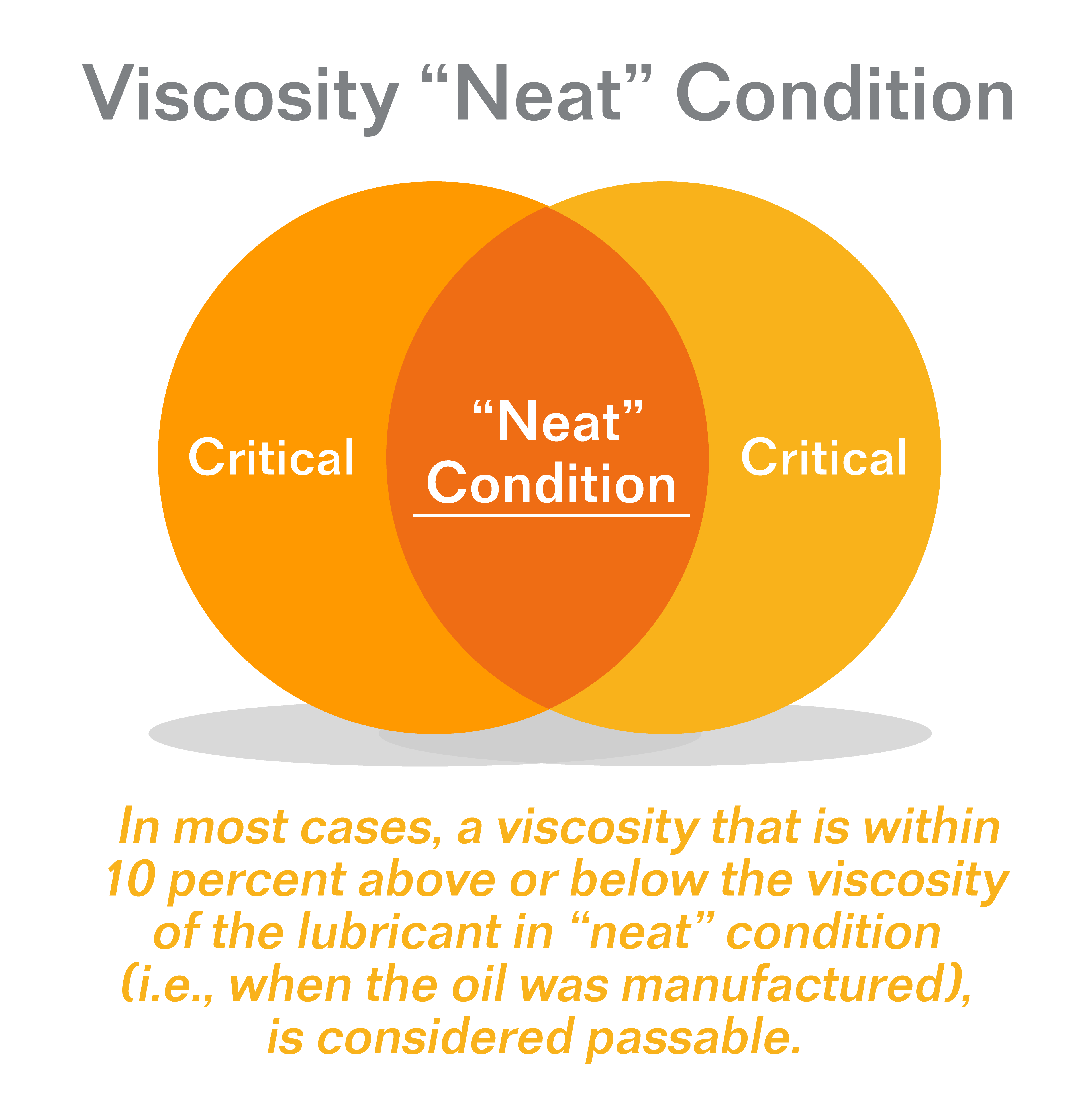

By attaching a bulb with a precisely hemispherical cross-section below the capillary, the liquid flowed as a film along the walls, effectively cancelling out the capillary forces. Ubbelohde identified the shape of the liquid at the base of the capillary as a critical parameter affecting the speed of the liquid emerging from the capillary. This meant using very precise volumes measurements as a function of temperature were exceptionally tedious because of thermal expansion. The only precise instrument available was Wilhelm Ostwald’s device in which a liquid was timed as it flowed through a capillary.Īs Ubbelohde surveyed viscometry in general, the limitations of Ostwald’s device were all too apparent: as the liquid level dropped it slowed down in the capillary (which required a kinetic energy correction) and the difference in curvature of the meniscus at the top and the bottom of the capillary introduced a systematic but indeterminate error. The problem with the Engler viscometer was that it did not provide absolute values for the kinematic viscosity and its precision was modest. But viscosity remained one of his central concerns. Ubbelohde worked on petroleum and fat chemistry as well as on textile fibres, patenting as much as he published. His colleagues included three future Nobel laureates: Fritz Haber, Hermann Staudinger and Leopold Ruzicka. By 1910 he had his habilitation and was on the faculty the following year. Ubbelohde joined Engler’s lab at the Technical University in Karlsruhe. For the most viscous glops, he used Carl Engler’s viscometer: an insulated cup with a hole in it – the time required for 200ml of liquid to drain out of the cup relative to the same volume of water is the viscosity in ‘degrees Engler’. The distillates were characterised in part by viscometry. To improve vacuum distillations, he developed a compact and portable mercury vacuum pump, using a water aspirator to back a Töpler pump equipped with a McLeod gauge. But, a scientist at heart, he took a job in the petroleum department of the Royal Materials Testing Office in Berlin.


To help his mother, he directed the construction of a peat-processing plant in Groningen in the Netherlands, designing and patenting its equipment. While his mother scrambled to set up a business using peat to make cardboard, Ubbelohde studied chemistry at the Berlin–Charlottenburg Technical University where the teaching was dominated by Hans Heinrich Landolt (of clock reaction fame) and Emil Fischer. Disaster struck four years later when his father died suddenly, leaving the family virtually destitute. In school, Ubbelohde showed real promise in scientific and technical subjects and by 1890, when the family was reunited, he was aiming to study science at university. When their firm went bankrupt in 1883, the family of seven siblings was split up, with the younger children moving to Neustadt am Rübenberge with their mother, who worked to restore the family fortunes. Ubbelohde’s parents were involved in the peat business in and around Hanover, Germany. Invented a precise method of measuring absolute viscosity. Source: Image courtesy of the US Library of Congress


 0 kommentar(er)
0 kommentar(er)
